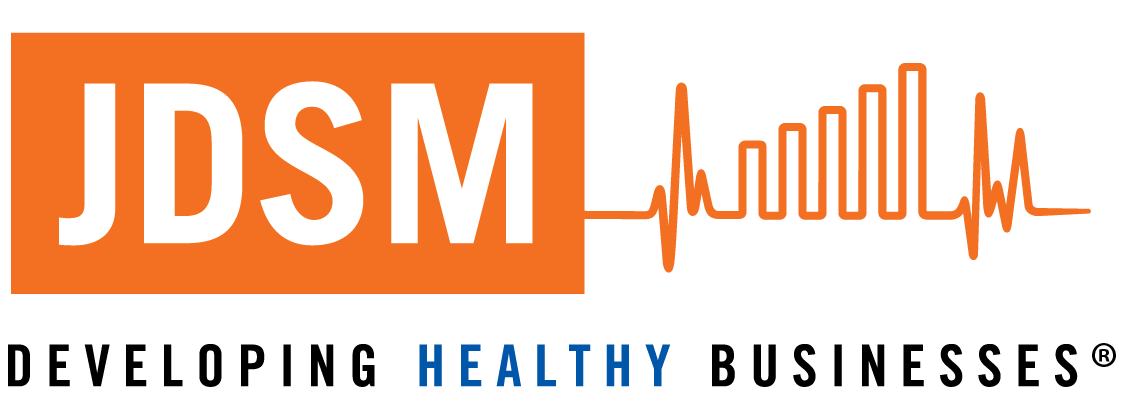45-year old Southwest Airlines has had 43 consecutive years of profitability. Even after the tragedy of 9/11, they have continued to dominate their industry, now the nation’s largest carrier with domestic passenger origination. How do they do it? They are the epitome of a healthy business body that continually performs at its peak.
What’s the Secret Sauce of Southwest Airlines?
The leaders of Southwest Airlines look at their business holistically as a system. Within this business system, they strengthen the 3 key components of any business body: People, Process, & Infrastructure. Just as your own body needs to be strong in your mind (People), bodily functions and habits (Process), and physical fitness (Infrastructure) to be your best, so does your business. Southwest Airlines dominates in their industry because they have a healthy business body that can withstand the ever-changing environment of competition and the economy.
Strong People, Process & Infrastructure
First, it is very obvious to employees and their customers that People matter at Southwest. Business is not conducted without thoughts originating from People. At Southwest, it starts with leadership. CEO Gary Kelly was quoted saying, “Love is part of the fabric at Southwest Airlines. Love Field is our headquarters in Dallas. LUV is our three-letter symbol on the New York Stock Exchange. It’s a word that we’re not embarrassed to use about how we feel about the company, our employees and our customers.” Their formula is so basic, yet so seldom applied – take care of employees, employees will take care of customers, customers will take care of the company and its investors.
Second, Southwest values Process. I believe communication is the starting point of Process. Without Process, talents are not deployed through your organization. The leaders of Southwest are very effective in their communication. Southwest has a clear vision and purpose. This transcends through their employees and to their customers. This communication sets clear expectations on how their employees are to behave (also Process) . . . creating a strong culture.
In addition to the communication component of Process, Southwest has effective and efficient operational processes. Their client service model is very simple so it avoids a lot of confusion and bureaucracy in getting things done. If you go on a Southwest flight, you know you won’t have an assigned seat and you won’t get a meal. They’re actually pretty proud of their peanuts. You will not find “First Class” on a Southwest flight. They use one class of service rather than many. The non-assignment of seats creates a very efficient boarding process. The absence of a meal creates a very efficient flight prep, service, and transition process. These simple processes also save on costs of administering the added hassle of assigned seats and providing meals. If a plane is swapped out, and a new one’s brought in with a different seat configuration, there’s no need to adjust the entire seating arrangement and issue new boarding passes. Passengers simply board and sit where they like. Simple Process!
Third, Southwest is also known for having a simple Infrastructure. They have a simple design which enables them to be very functional and agile. Their Infrastructure is a result of a strategy designed by talented People.
Southwest chose one model of plane rather than several. This results in nearly inter-changeable flight crews and maintenance crews. It also makes preparation between flights consistently faster and more efficient than at competing airlines. Other carriers need smaller planes for smaller routes and larger plans to accommodate more in-flight amenities for business-class travelers. As a result, not only did Southwest’s operating innovations save it money, its large competitors couldn’t imitate them without compromising the value of their own service offerings.
Southwest uses a point-to-point route structure rather than hub-and-spoke. A point-to-point route structure avoids the costs of operating hubs. This allows Southwest to route flights through secondary airports, which keeps landing fees low and reduces congestion, enabling fast turnarounds, frequent, reliable departures, which helps optimize the use of its aircraft. Hub-and-spoke carriers need the passenger traffic generated by hubs to keep their planes full. They also cater to demanding customers who will not tolerate the significantly longer drives from secondary airports to major city centers.
Love Southwest? Love Your Business Body!
Imagine your business strong in each of these 3 key components of the business body: People, Process, & Infrastructure. How well could you serve your client base AND make healthy profits? Imagine 43 consecutive years of profit! How would you be performing against your competitors? Could you dominate in your industry after a national tragedy or even a smaller scale . . . a local economy shift?
How strong is your business body in each of these key components? Are you balanced and healthy? Maybe it’s time to strengthen your hiring process and employee development (People). Maybe it’s time to strengthen your way of doing business (Process). Maybe it’s time to look at your Infrastructure to simplify things, instead of adding layers of complexity. You must address all key components to soar like Southwest Airlines!
Take the Organizational Checkup to gauge the health of your company! For more information on creating a healthy business lifestyle, read about theEntrepreneurial Operating System (EOS).
My next blog will be about The Business System Truths – proven truths that will keep your business healthy, continually operating at peak performance!
To Your Business Health!


